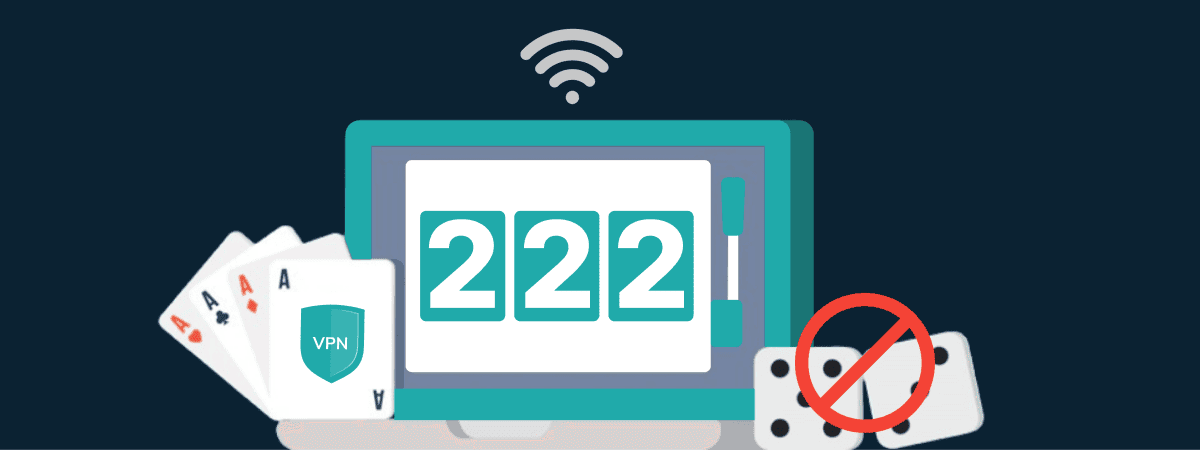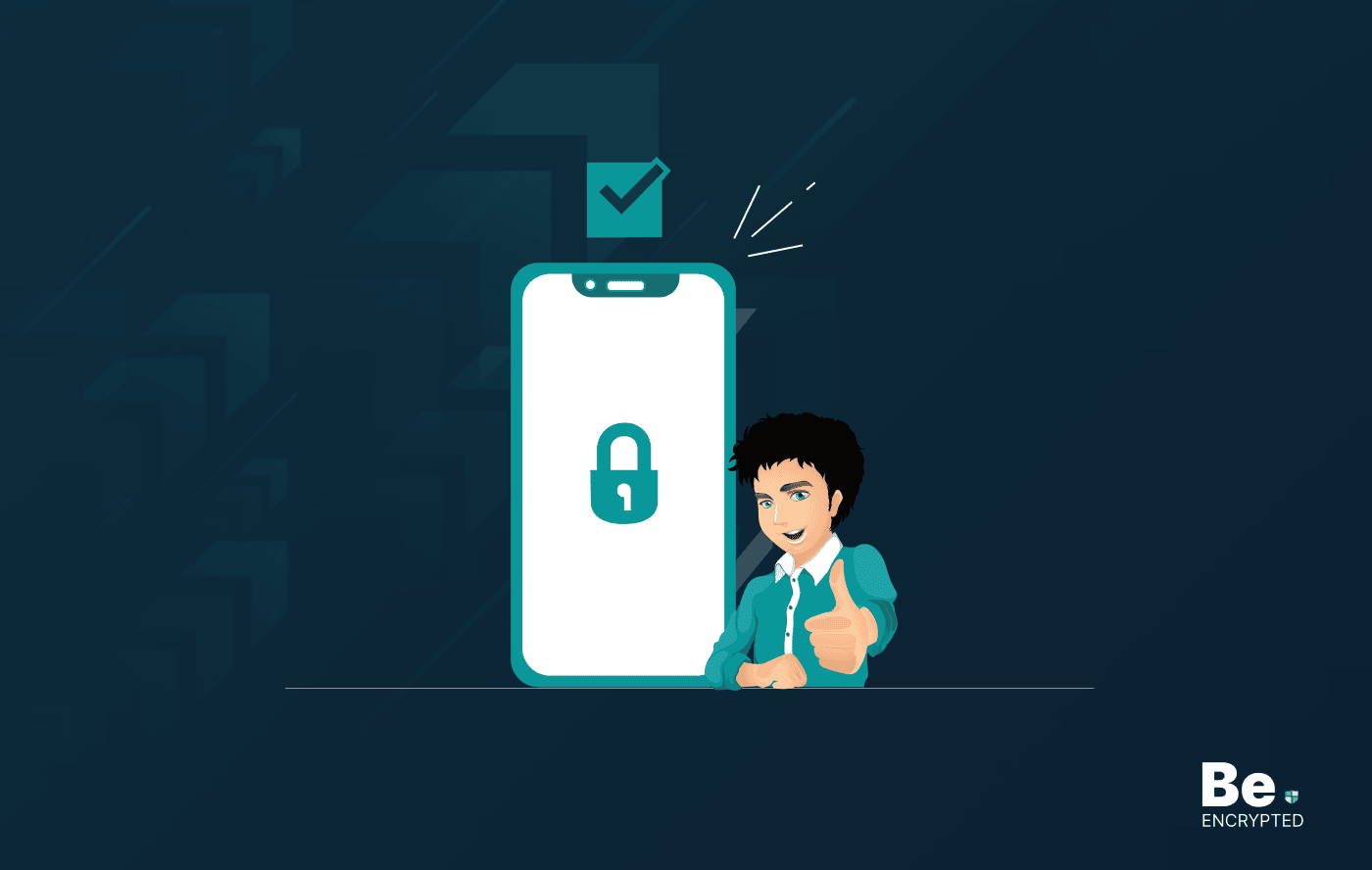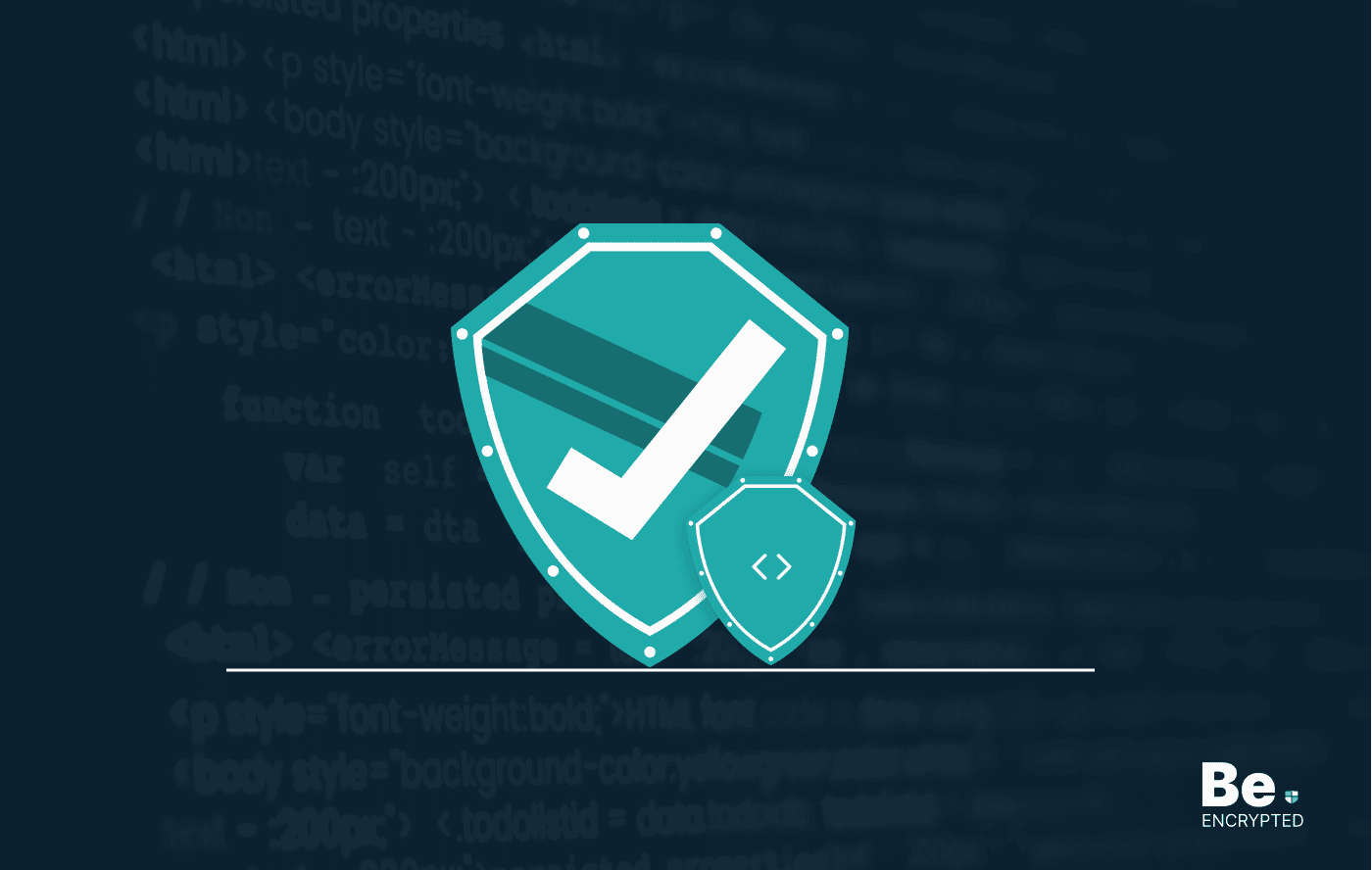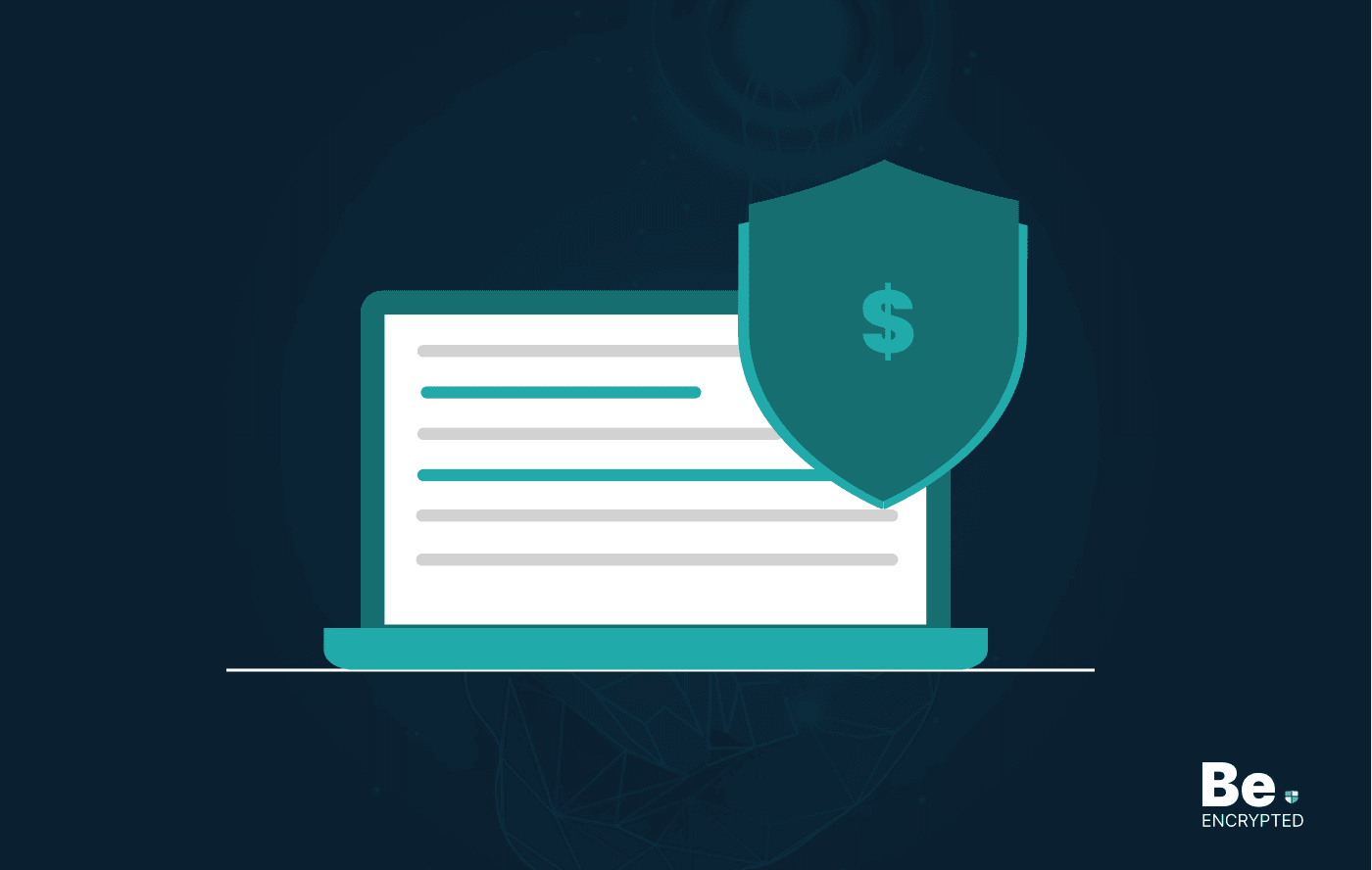Hacking and data attacks are made in many ways, which help an attacker access your information. But you are likely to be unaware of a hacker-used technique, Clickjacking. Unlike social engineering, SQL injection, DDoS attacks, and others, Clickjacking is not discussed much. However, it is equally harmful and vulnerable as others.
What is clickjacking, how can it be prevented, and where is it found? This article would help answer all these questions. However, it is baffling to identify this method of hacking.
What is Clickjacking
Clickjacking is a technique in which the user is trapped by clicking anything. It is done in many ways, such as deceiving the user as the object they are clicking differs from what it seems to them.
UI addressing is another term used for clickjacking. The process includes placing the user-expected interface under another transparent user interface. That’s why the user clicking on something interesting turns out to be malicious for their device and data.
Another tactic this method uses is distracting the user by altering the cursor position. The cursor displayed at one position is actually in another. An attacker uses this to make people click on things that give their personal information.
Clickjacking includes a range of unusual and ingenious attacks. Similar to the one reported recently, in which an innocent-looking image on WhatsApp could transfer your account control to the image sender once the receiver clicks the image.
Some individuals also include social-engineering attacks in the clickjacking category. For instance, in 2009, a tweet included a link and the phrase ‘don’t click.’ When anyone clicks on it, the same thing is tweeted from their account. Such a method is also used to earn money through links on Facebook.
You are mistaken if you assume that clickjacking is just done by clicking. It is also reported on Android devices. Android.Lockdroid. E, android ransomware controls the targeted device through Clickjacking.
How to prevent clickjacking
If you are a website administrator, you can prevent clickjacking. But if not, there are a few efficient and valuable ways to avoid Clickjacking.
However, one of the most suggested ways to prevent clickjacking is to use the No-script Firefox extension while browsing. As with Advertisement avoiding extensions, No-script will prevent any script from loading until you give a particular authentication.
No script with anti-clickjacking features will identify the script that generates transparent web overlays. Specific extensions preventing script features and app downloading could also prevent Clickjacking.
However, site admins are the best way to gain clickjacking defenses. Most of them are abstruse and technical. If you want to know how to implement them, you can check out the Clickjacking Defense Cheat Sheet from OWASP.
To stop clickjacking, you could also include an x-frame-options HTTP header, one of the most efficient ways to protect your site. It inhibits your website’s content from being loaded in a frame (<frame> tag) or iframe (<iframe> tag).
Alleviating the threat is an effective way to avoid clickjacking, as this tactic facilitates clickjacking and other malicious attacks.
X-Frame options that you can use
There are three possible values for the X-frame-options header;
- DENY: The page cannot be displayed on a frame even if the site attempts to do so
- SAMEORIGIN: This only allows the current site to frame the content.
- ALLOW-FROM URI: The page can only be displayed on the specified origin frame.
A genuine concern for everyone nowadays is any vulnerability in their Android devices. To reduce the chances of clickjacking on your phone, you should use authentic and trusted platforms for downloading.
Downloading apps such as the Apple App Store or the Google Play Store are less likely to include malicious content than downloading apps from a third-party source, yet it is also not fully free from such vulnerabilities.
In-app browsers are the most likely place where you can face clickjacking attacks. So, instead of using the in-app browser, you could set the default behavior for link-opening in your apps to open in the system browser. This will dispose of one more chance of you being trapped.
Share this article
About the Author
Zehra Ali is a Tech Reporter and Journalist. She has done her Masters in Mass Communication. Topics related to cybersecurity, IoT, AI, Big Data and other privacy matters are extensively covered by her on various platforms. You can follow her on twitter.
More from Zehra AliRelated Posts

How to Avoid Gambling Restrictions in 2024
KEY TAKEAWAYS Gambling is prohibited in multiple countries as it is addictive, and many people go ba...

20 Best Penetration Testing Tools For Security Professionals
KEY TAKEAWAYS If you’re in a hurry, then have a look at the list of 20 best penetration testin...

The Role of Developer Security in Software Development
KEY TAKEAWAYS The revolution of DevOps has reduced the SLDC and resulted in the creation of many sof...

How To Detect Hidden Cameras And Listening Devices? A Complete Guide
Many people feel like someone is watching them or listening to their conversations. They may be righ...

What is Virtual Firewall and How it Helps Us in 2024?
Scientists and technicians are trying to invent the latest technology protection to create barriers ...

10 Ways to Prevent Ransomware Attacks
KEY TAKEAWAYS Ransomware attacks are growing frequently and affecting every sector of the business i...


